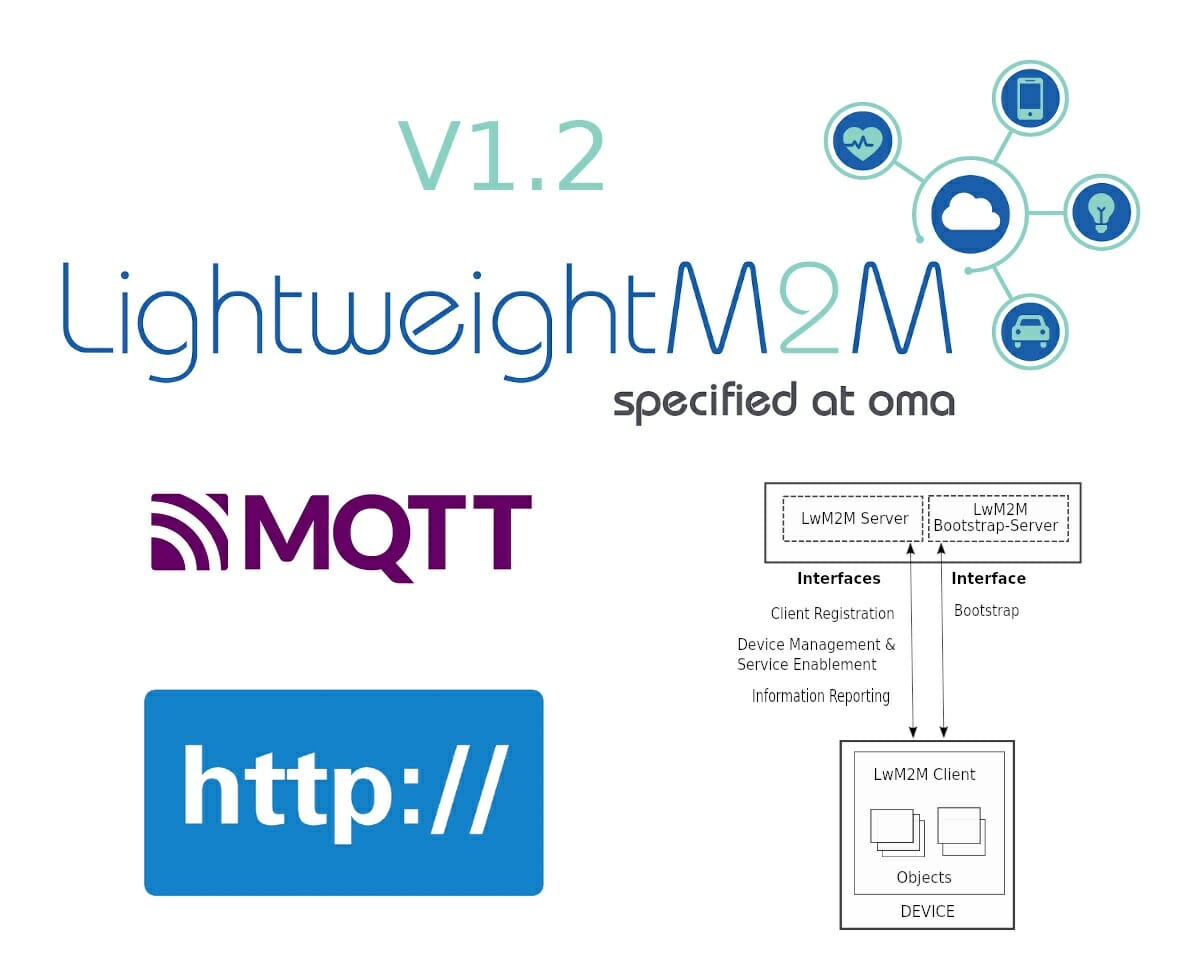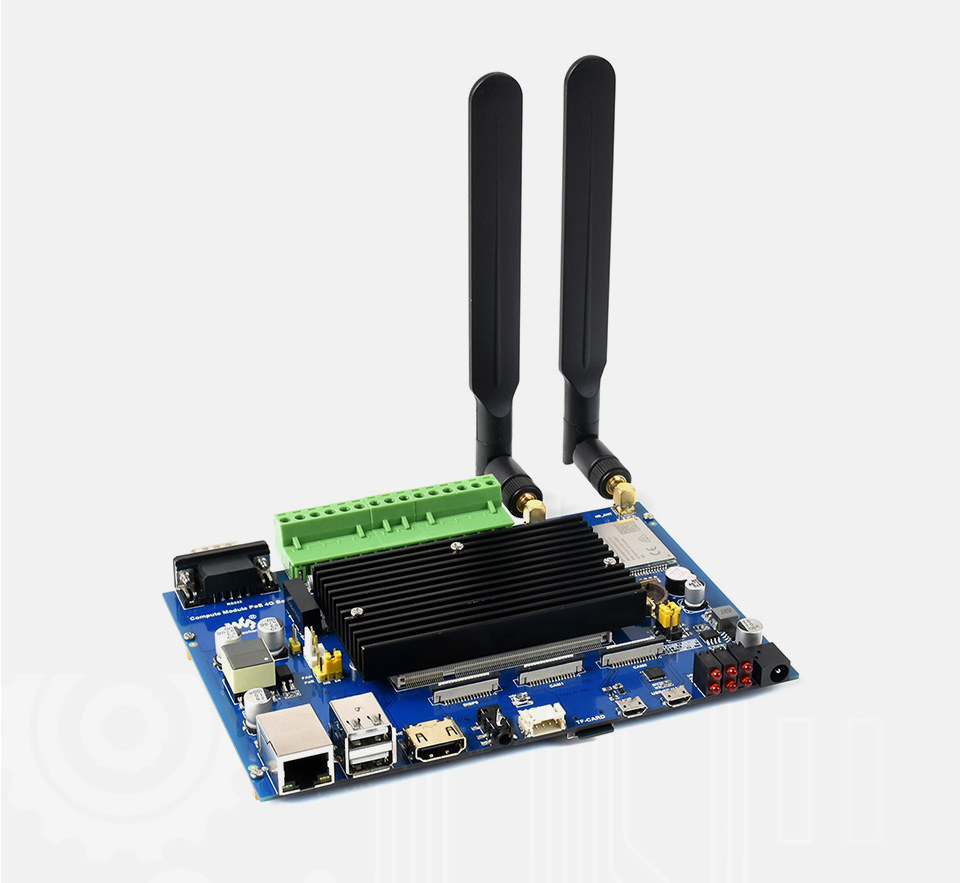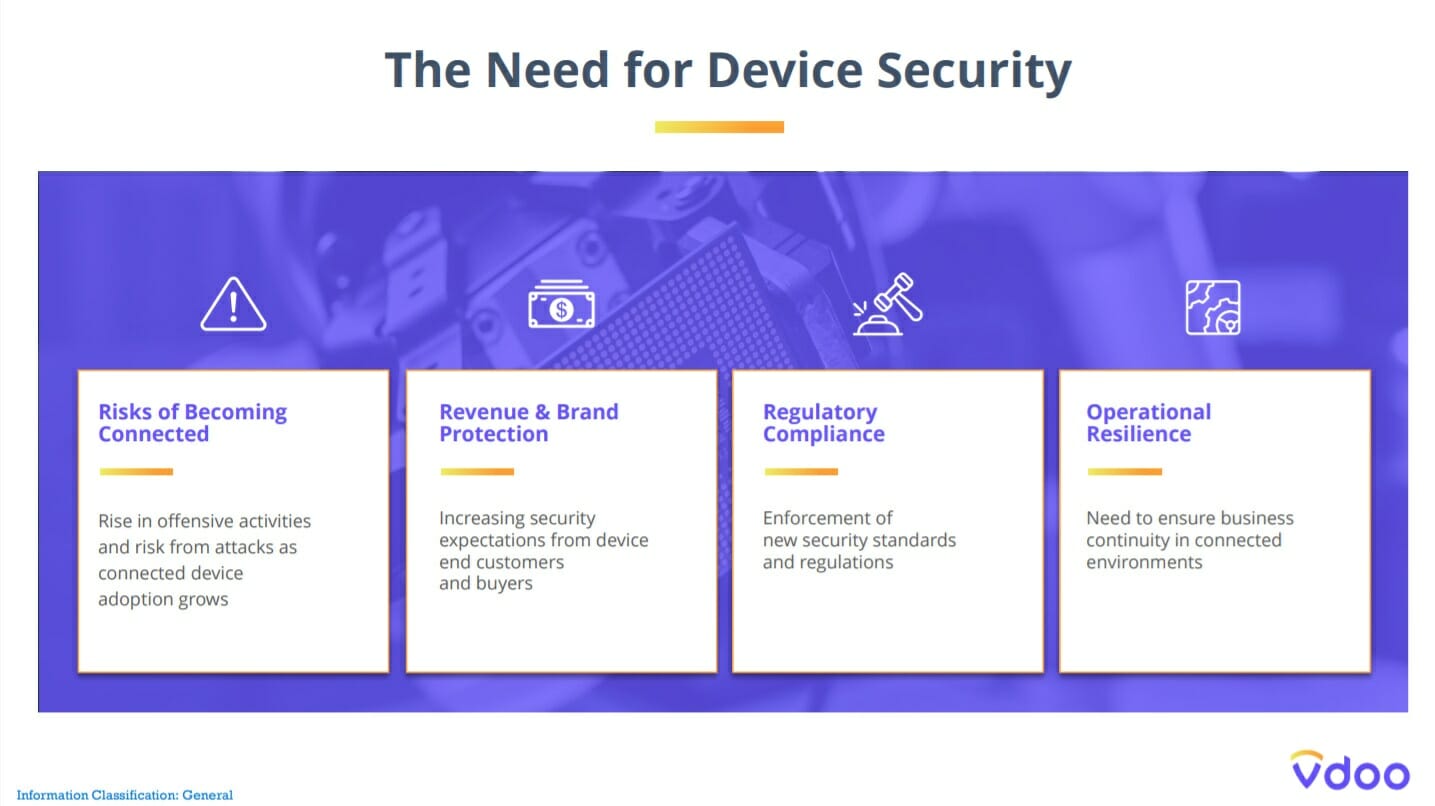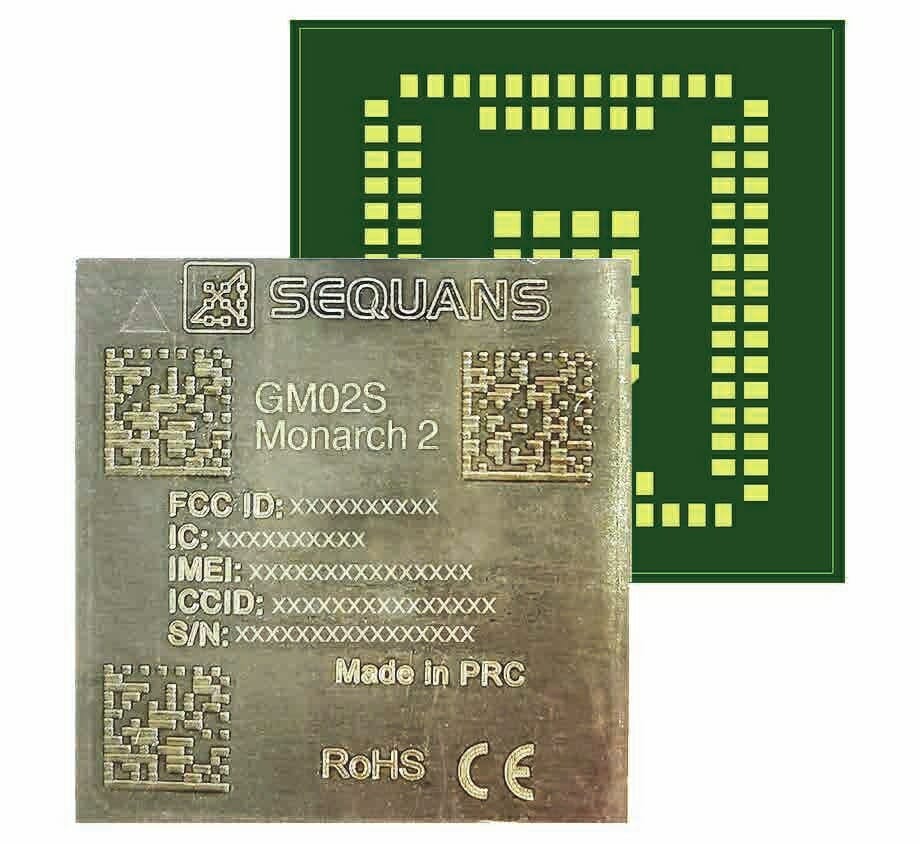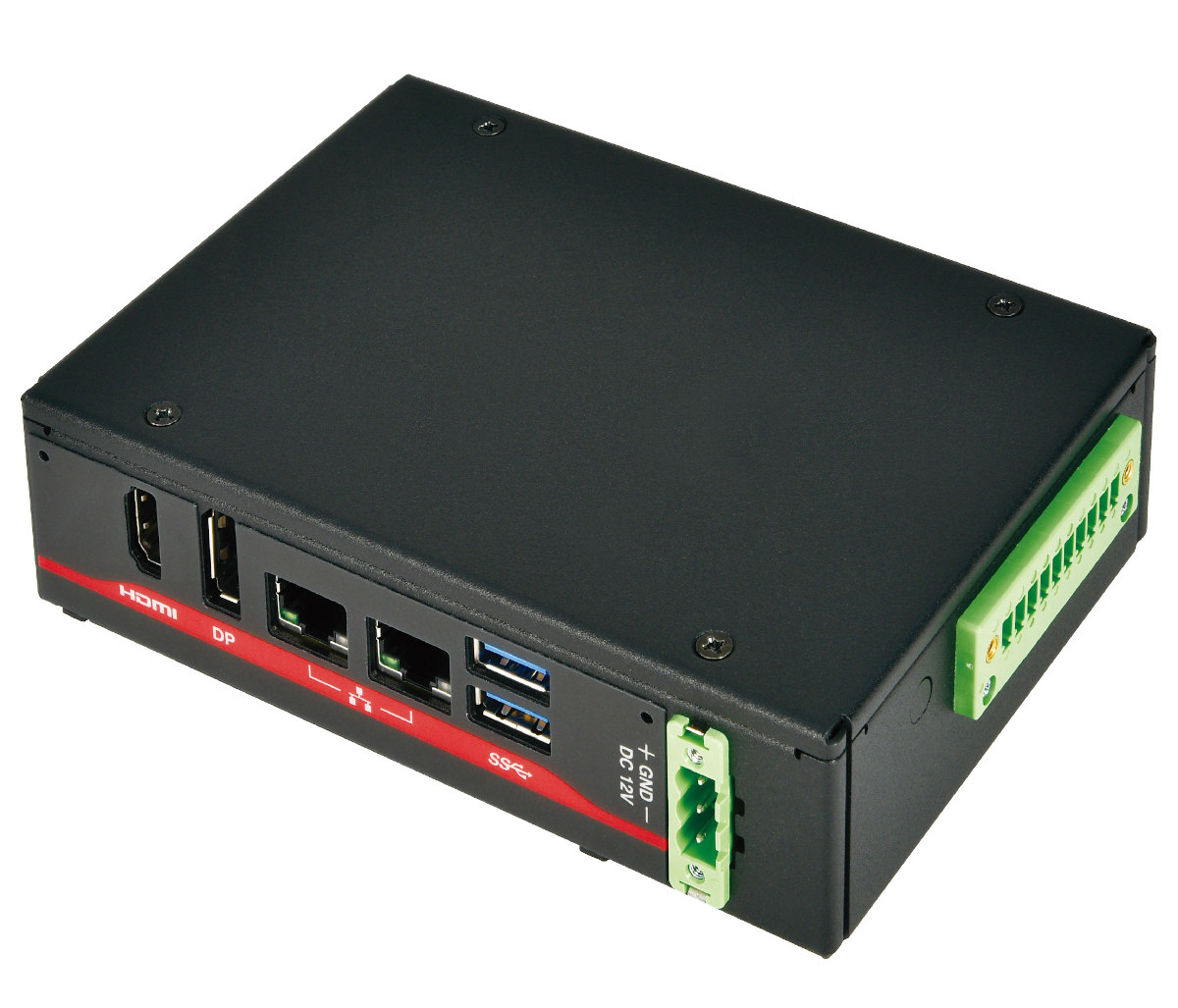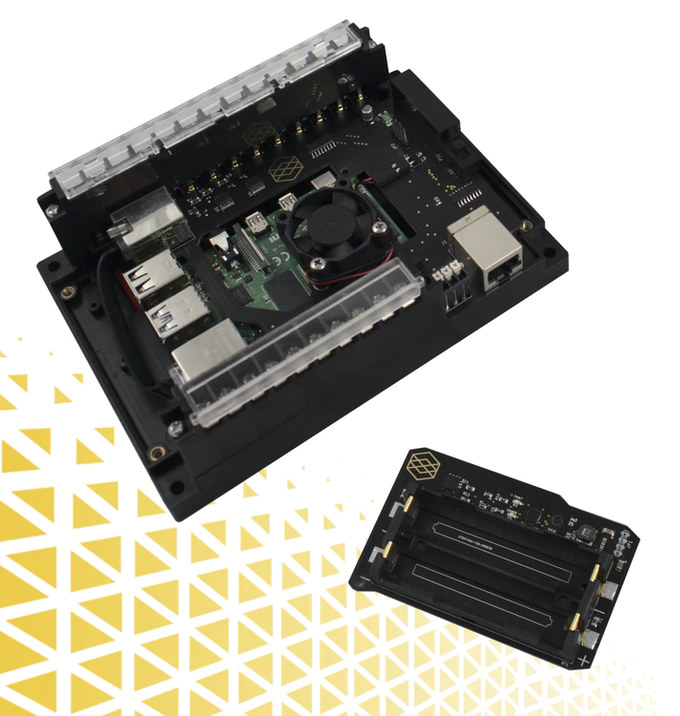If the IoT is ever going to take off, it needs low-cost hardware and connectivity. LoRaWAN is free, apart from the hardware costs, but for projects that need wider coverage and/or higher bitrate cellular connectivity is the way to go and we’ve seen in the past that Hologram offers a free developer SIM card for global IoT projects plus some low-cost cellular IoT plans, as well as 1CNE plans to offer a 10-year plan for 10 Euros. Blues Wireless has taken a different approach as they combine hardware and cellular connectivity with their Notecard LTE-IoT modems (LTE Cat 1/Cat M or NB-IoT) shipping for 10 years of connectivity for up to 500MB data. Notecard has four variants with the following key features and specifications: MCU – Arm Cortex-M4 MCU with 2MB flash Cellular connectivity NOTE-NBGL-500 – Narrowband Cat-M/NB-IoT/GPRS (Global) via Quectel BG95-M3 modem NOTE-NBNA-500 – Narrowband Cat-M/NB-IoT (North America) via […]
LwM2M v1.2 M2M & IoT device management protocol adds support for HTTP and MQTT, LwM2M gateways
Lightweight M2M (LwM2M) is a REST-based protocol from the Open Mobile Alliance (OMA) for M2M & IoT device management that defines the application layer communication protocol between an LwM2M server and an LwM2M client running on an IoT/embedded device. While LwM2M v1.0 was published in early 2017, we first covered the new protocol a year earlier as Imagination Technologies released the source code for the LwM2M stack running on MIPS Creator Ci40 development board. Since then we’ve mostly seen the LwM2M protocol supported in cellular LTE IoT modules including Quectel BC66 and u-Blox Sara-R410M, as well as the now-defunct Samsung Artik WiFi IoT modules. LwM2M v1.0 was followed by v1.0.1 and v1.0.2 for bug fixes, and v1.1, but OMA has now announced LwM2M v1.2 protocol that adds the following new features: New transports for LwM2M: MQTT and HTTP Optimizations for the bootstrapping and registration interfaces to reduce the amount of […]
Raspberry Pi CM3 “Industrial IoT” baseboard features PoE, 4G LTE modem, and isolated I/Os
The Raspberry Pi Computer Module 4 (CM4) may have been introduced in October, but that does not mean people have stopped all development on Raspberry Pi CM3/CM3+ hardware, and Waveshare has just launched a carrier board for the module with PoE support and a 4G LTE modem namely Simcom SIM7600G-H module with 3G and 2G fallback. The board also offers Ethernet and WiFi connectivity, HDMI and MIPI CSI/DSI video interfaces, multiple USB ports, as well as isolated CAN bus, RS485, RS232, and other I/Os for industrial applications. Compute Module PoE 4G board specifications: Storage – MicroSD card slot for Raspberry Pi CM3 Lite / CM3+ Lite modules Video Output – HDMI 2.0 port, MIPI DSI connector compatible with the official Raspberry Pi display Audio – 3.5mm stereo audio jack, 4-pin speaker connector for 8Ω/5W speaker Camera I/F – 2x independent MIPI CSI ports Connectivity 10/100M Ethernet RJ45 port with PoE […]
Detecting & Solving Security Issues in IoT and Embedded Devices
Last year’s Eclipse IoT Survey Report shows evidence that security is one of the major reasons for the development of IoT devices. As the number of IoT and embedded devices increases, we see a constant increase in the need for security issues in IoT and embedded devices. There have been increasing security expectations from device end customers and buyers to gain security insights and risks related to their connected devices. Security requires time and effort, so when a new product is launched in the market for business reasons, security compromises may have to be made. Also, organizations don’t have the capabilities and tools to get in-depth information about connecting device security. This is mainly due to the complex chain of third-party products. Methods for Detecting Security Issues Software Composition Analysis (SCA) allows organizations to identify third-party components that have been integrated into all applications. For each of these components, it […]
Sequans Monarch 2 GM02S LTE IoT module is “5G-ready” for “Massive IoT”
A couple of days ago, Sequans published a press release announcing the availability of Monarch 2 GM02S “5G-ready” LTE-M/NB-IoT module with power consumption further reduced by 60 percent, featuring an GSMA-compliant integrated SIM (ieUICC), and designed for “Massive IoT” applications. Wait… What is “Massive IoT”? Ericsson explains: Massive IoT refers to applications that are less latency sensitive and have relatively low throughput requirements, but require a huge volume of low-cost, low-energy consumption devices on a network with excellent coverage. The growing popularity of IoT use cases in domains that rely on connectivity spanning large areas, and are able to handle a huge number of connections, is driving the demand for massive IoT technologies. I see… That’s what I used to call LPWAN (Low-power wide-area network) applications, but for sure “Massive IoT” sounds much more cool. Monarch 2 GM02S Let’s go back to the module with Sequans Monarch 2 GM02S key […]
Fanless Linux embedded system makes a compact IoT gateway
ICP Germany has recently introduced the MiTAC ME1-8MD series family of compact, fanless Linux embedded systems powered by NXP i.MX 8M processor and designed to be used as IoT gateways, data acquisition and processing systems, and mini servers. Three models have been launched with a choice of dual or quad-core processors, up to 4GB LPDDR4 RAM, and 32GB eMMC flash storage. The embedded computers also come with up to two Ethernet ports, support up to two displays, and include an internal Raspberry Pi compatible 40 pin GPIO header. MiTAC ME1-8MD specifications and key features: SoC – NXP i.MX 8M Dual or Quad with two or four Cortex-A53 @ 1.3GHz, Cortex-M4 MCU, Vivante GC7000 Lite GPU, and 4K video processing unit System Memory – 1 to 4GB LPDDR4 800 Mhz RAM Storage – 8, 16, or 32GB eMMC flash, 1x MicroSD card slot up to 256GB Video Output HDMI 2.0 Optional […]
Pi-oT 2 IoT module adds 24V digital inputs, RS-485, and UPS to Raspberry Pi (Crowdfunding)
Pi-oT was launched last year as a Raspberry Pi add-ons designed for commercial and industrial IoT automation. It features 5V I/Os, relays, and ADC inputs suitable for light-duty projects and prototyping. The company, called Edge Devices, has now launched an update with Pi-oT 2 adding optional support for 24V digital inputs, RS-485, and an uninterruptible power supply (UPS). Pi-oT 2 comes in three variants with the following key features and specifications: SBC support – Raspberry Pi model B boards with 40-pin I/O header Connectivity – Ethernet access via extra port 6x digital outputs 8x analog inputs (0 to 5V), 10-bit precision for Pi-oT 2 and 2 +Plus models, 10-bit precision for Pi-oT 2 Precision variant Model specific features Pi-OT 2 4x GPIO 5V power supply Pi-oT 2 +Plus 4x GPIO 5V power supply + UPS Pi-OT 2 Precision 4x 24V digital inputs, compliant with IEC-61131-2 standard (instead of 4x GPIO […]
M5Paper ESP32 IoT development kit features a 4.7-inch e-Ink touchscreen display
M5Stack has just launched its unique and latest core device with a touchscreen e-Ink display. M5Paper ESP32 IoT Development Kit is a fully programmable microcontroller-based platform that can be an ideal choice for your IoT applications. This low-power device could suit such purposes as an industrial controller or smart weather display. The M5Paper comes with the ESP32-D0WD, the same chip that has powered M5Stack Core2. The e-Ink display supports 16-level grayscale, which provides a great reading experience. The display is a GT911 capacitive touch screen that supports multipoint touch and a variety of gesture controls. M5Paper ESP32 IoT Development Kit Specifications SoC – Espressif ESP32-D0WDQ6-V3 dual-core clocked at 240MHz with 520KB SRAM, Wi-Fi, dual-mode Bluetooth connectivity. Memory/storage – 16 MB of flash memory along with 8 MB of PSRAM. Antenna – 2.4GHz 3D antenna. Display – GT911 capacitive touch screen with 960×540 resolution (IT8951 driver) along with 4.7″ e-Ink display, […]



